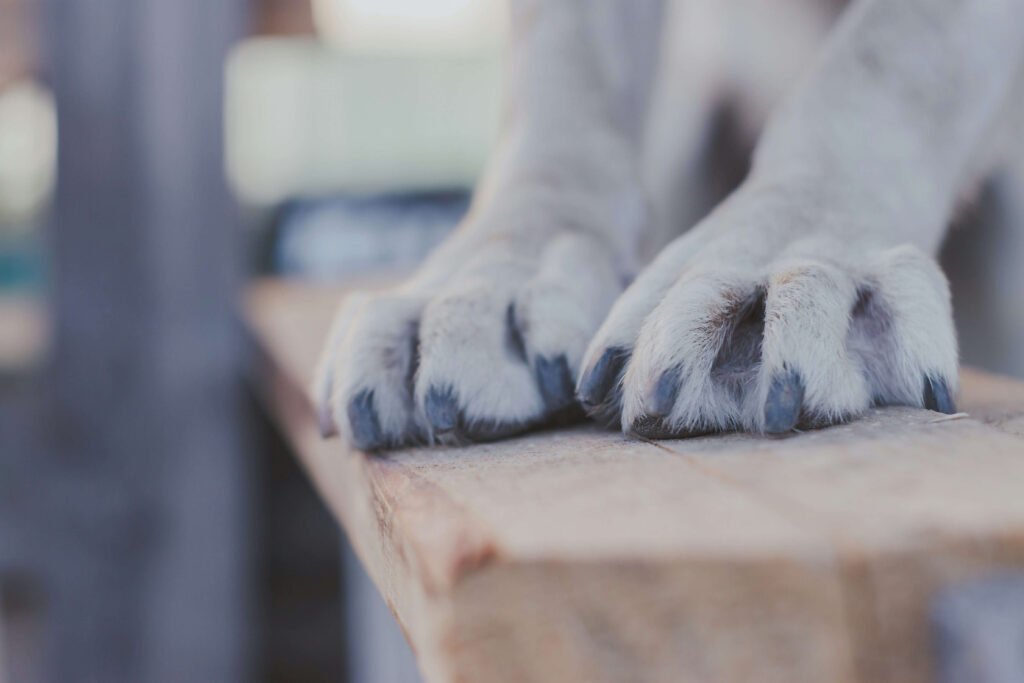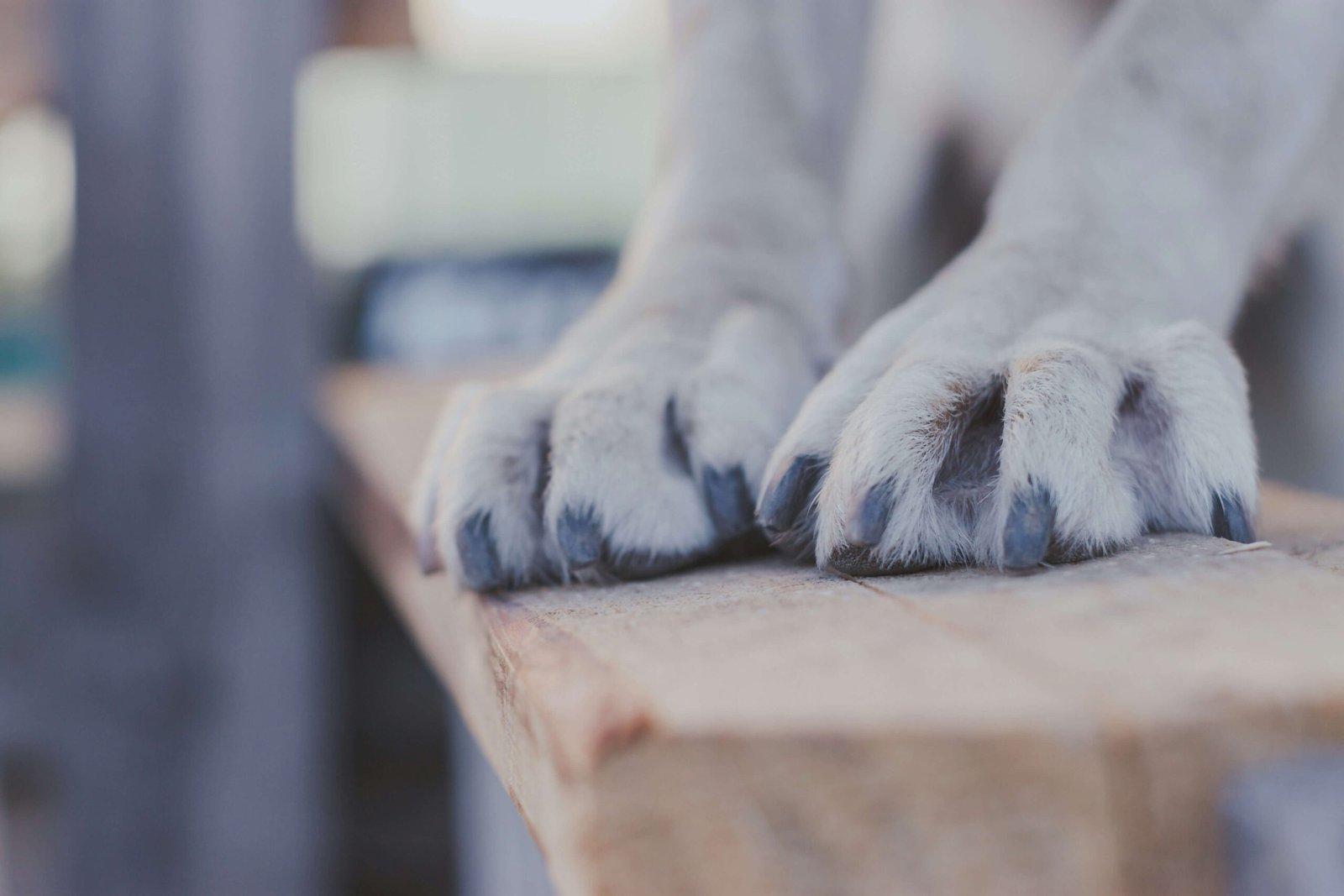How to Grind Dog Nails: A Step-by-Step Guide
Grinding your dog’s nails is an essential part of pet care that ensures their comfort, mobility, and overall health. Unlike traditional nail trimming, grinding offers a smoother finish and reduces the risk of cutting into the quick—the sensitive part of the nail that can cause pain and bleeding. However, many dog owners feel intimidated by the process, fearing they might hurt their furry friend or make mistakes. The good news is that with the right tools, techniques, and patience, nail grinding can become a stress-free routine for both you and your dog. In this guide, we’ll walk you through everything you need to know about safely and effectively grinding your dog’s nails.
Why Grinding Dog Nails Is Beneficial
Grinding your dog’s nails offers several advantages over traditional trimming methods. Understanding these benefits can help you decide if this technique is right for your pet.
Prevents Overgrown Nails:
Long nails can cause discomfort, affect posture, and even lead to joint problems. Regular grinding keeps nails at a healthy length.Reduces Risk of Quick Injury:
Unlike clippers, grinders allow for gradual filing, minimizing the chance of accidentally cutting into the quick.Smooth Finish Prevents Snags:
Ground nails are smoother than clipped ones, reducing the likelihood of scratches on floors, furniture, or skin.Less Stress for Anxious Dogs:
Many dogs find the grinding process less startling than the sudden snip of clippers, making it easier for nervous pets.Improves Mobility and Comfort:
Properly maintained nails ensure your dog walks comfortably without pain or imbalance caused by overgrown claws.
By incorporating nail grinding into your grooming routine, you can enhance your dog’s well-being while avoiding common pitfalls associated with traditional trimming.

Essential Tools for Grinding Dog Nails
Having the right tools is crucial for a successful and safe nail-grinding experience. Here’s what you’ll need to get started.
Electric Nail Grinder:
Choose a grinder specifically designed for pets, with adjustable speed settings and multiple grinding heads for precision.Treats and Rewards:
Positive reinforcement is key—keep plenty of treats handy to reward your dog during and after the process.Styptic Powder:
This stops bleeding quickly in case you accidentally grind too close to the quick, providing peace of mind.Calming Environment:
Create a quiet, comfortable space where your dog feels relaxed and secure during the procedure.Protective Gear (Optional):
If your dog tends to squirm, consider using a grooming loop or towel wrap to gently restrain them without causing distress.
With these tools in place, you’ll be well-prepared to tackle nail grinding confidently and efficiently.
Check this guide 👉What Angle to Trim Dog Nails? Best 7 Expert Tips!
Check this guide 👉Do Vets Cut Dog Nails? Best 7 Expert Tips!
Check this guide 👉How to Find the Quick on Dog Nails: Best 7 Expert Tips!
Benefits of Grinding Dog Nails | Tips for Success |
|---|---|
Reduces risk of quick injuries | Use low speeds for beginners |
Provides a smooth, snag-free finish | Reward frequently with treats |
Minimizes stress for anxious dogs | Keep sessions short and positive |
Improves posture and mobility | Monitor nail length regularly |
Avoids sharp edges from clipping | Stay calm and patient throughout |
Step-by-Step Guide to Grinding Dog Nails Safely
Grinding your dog’s nails doesn’t have to be intimidating. Follow these steps to ensure a safe and efficient process for both you and your pup.
Introduce the Grinder Gradually:
Let your dog sniff and inspect the grinder before turning it on. Turn it on briefly near them to familiarize them with the sound.Choose a Comfortable Position:
Sit in a chair or kneel beside your dog, ensuring they’re relaxed and secure before starting.Start with Low Speed:
Begin with the lowest setting to avoid startling your dog. Work slowly and carefully around each nail.File Small Sections at a Time:
Focus on removing small amounts of nail material to prevent hitting the quick. Stop immediately if you notice any signs of discomfort.Reward Frequently:
Offer treats and praise after every few seconds of grinding to reinforce positive behavior.
By following these steps, you can create a calm and rewarding experience that makes nail grinding easier over time.
Signs Your Dog Needs Nail Grinding
Recognizing when your dog’s nails require attention is key to maintaining their health and comfort. Look out for these indicators that it’s time to break out the grinder.
Audible Clicking Sounds on Hard Floors:
If you hear your dog’s nails tapping as they walk, it’s a clear sign their nails are too long.Difficulty Walking or Limping:
Overgrown nails can alter your dog’s gait, leading to discomfort or limping during movement.Visible Curling of Nails:
Check for nails curling under the paw pad, which can cause pain and infection if left unaddressed.Excessive Scratching or Paw Licking:
These behaviors may indicate irritation caused by overly long nails.Nails Extending Beyond Paw Pad:
Healthy nails should not extend significantly past the bottom of the paw pad when standing.
Addressing these signs promptly helps prevent complications and ensures your dog stays happy and active.
Common Mistakes to Avoid When Grinding Dog Nails
Even experienced pet owners can make mistakes when grinding dog nails. Avoiding these errors ensures a safer and more pleasant experience for your pup.
Using High Speed Too Soon:
Starting at high speeds can scare your dog and increase the risk of accidents. Always begin at low speed.Ignoring Signs of Discomfort:
If your dog whines or pulls away, pause immediately to assess their condition and adjust your technique.Skipping Desensitization Steps:
Rushing the introduction phase can lead to fear or resistance. Take time to build trust with the grinder.Grinding for Too Long:
Prolonged sessions can cause overheating or irritation. Limit each session to a few minutes per paw.Neglecting Regular Maintenance:
Infrequent grinding allows nails to grow excessively, making the task harder and more stressful.
Avoiding these mistakes ensures a smoother and more effective nail-grinding routine.
Alternatives to Nail Grinding
If nail grinding isn’t suitable for your dog, there are alternative ways to manage their nail length and maintain their paw health.
Professional Grooming Services:
Skilled groomers can handle nail maintenance for dogs who resist at-home care.Regular Exercise on Hard Surfaces:
Walking or running on concrete naturally files down nails, reducing the need for frequent grinding.Manual Nail Clippers:
For dogs uncomfortable with grinders, traditional clippers remain a viable option when used correctly.DIY Sandpaper Boards:
Some owners create DIY boards covered in sandpaper for their dogs to rub their paws against voluntarily.Combination Methods:
Using a mix of clipping and light grinding can achieve optimal results while minimizing stress.
These alternatives provide flexible options tailored to your dog’s unique needs and preferences.
Tips for Handling a Reluctant Dog
Some dogs are naturally resistant to nail grinding, but with patience and creativity, you can help them overcome their fears.
Use Distractions During Sessions:
Offer toys or chew treats to keep your dog occupied while you work.Practice Short Desensitization Exercises:
Touch their paws daily and introduce the grinder briefly to build familiarity over time.Incorporate Playtime Afterward:
End each session with fun activities to associate nail grinding with positive experiences.Stay Calm and Confident:
Dogs pick up on your emotions—if you’re nervous, they’ll sense it. Approach the task calmly to reassure them.Seek Professional Guidance:
If your dog remains resistant, consult a professional trainer or veterinarian for personalized advice.
With dedication and empathy, even reluctant dogs can learn to tolerate—and perhaps enjoy—nail grinding as part of their routine.
Frequently Asked Questions About Grinding Dog Nails
How often should I grind my dog’s nails?
It depends on how quickly your dog’s nails grow, but most dogs require nail maintenance every 3–4 weeks.
Can I use a human nail grinder on my dog?
No, human grinders are not designed for pets and could cause harm. Always use a grinder made specifically for animals.
What if I accidentally hit the quick?
Stay calm and apply styptic powder immediately to stop the bleeding. Comfort your dog and try again another day.
Is grinding better than clipping?
Both methods have pros and cons. Grinding offers more precision, while clipping is faster. Choose based on your dog’s needs and temperament.
My dog hates the grinder noise. What can I do?
Gradually introduce the sound at low volumes and pair it with treats. Ear protection can also help reduce sensitivity.
Do I need professional help to grind my dog’s nails?
While professionals can assist, many pet owners successfully grind their dog’s nails at home with practice and patience.
Building Confidence in Nail Grinding for Your Dog
Grinding your dog’s nails is a simple yet impactful way to support their physical health and emotional well-being. With the right approach, tools, and mindset, you can transform this task into a bonding opportunity that strengthens your relationship with your furry companion. Remember, patience and consistency are key—your dog will learn to trust the process over time. By staying proactive and attentive to their needs, you’ll ensure their paws remain healthy, comfortable, and ready for all the adventures life has to offer.
Cat Fever Treatment: Best 7 Expert Tips! Discover expert advice on identifying, managing, and treating fever in cats to ensure their quick recovery and well-being.
Understanding Meloxicam for Cats: Best 7 Expert Tips! Learn how to safely administer meloxicam, manage side effects, and ensure your cat's comfort with expert advice on feline pain relief.
Amoxicillin for Cat UTI: Best 7 Expert Tips! Discover safe usage, dosage guidelines, and expert advice on treating feline urinary tract infections effectively with amoxicillin.
Understanding Cat Cancer Treatment: Best 7 Expert Tips! Discover expert advice on managing feline cancer, from early detection to treatment options, ensuring your cat’s health and comfort.





